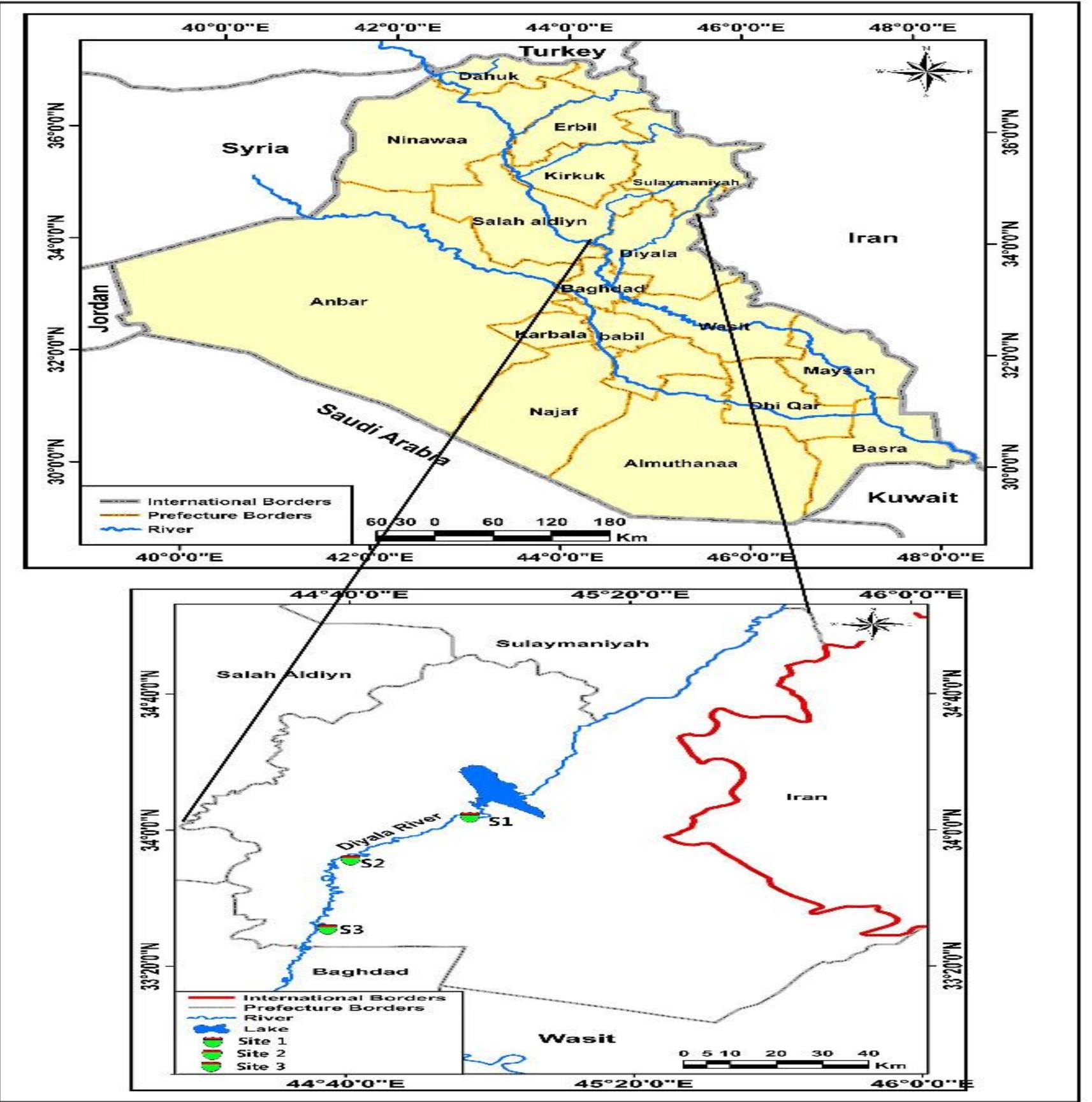Key research themes
1. How are multi-organ biomarker approaches used to assess chemical pollution impacts on aquatic organisms within marine protected areas?
This research area focuses on employing integrated biomarker analyses across multiple organs of aquatic bioindicator species, such as fish, to detect and quantify the biological effects of chemical pollutants in marine protected areas (MPAs). Such approaches provide a sensitive assessment of pollution impact beyond chemical concentration measurements alone, enabling early detection of organismal stress and sublethal effects within ecosystems intended for conservation.
2. What is the role of insects and benthic invertebrates as bioindicators for aquatic pollution monitoring?
This theme explores the use of insects and benthic invertebrates as effective biological indicators of environmental quality in freshwater and marine ecosystems. Their sensitivity to pollutants, ease of sampling, diverse life cycles, and trophic positions make them valuable for detecting sublethal toxic effects and changes in ecosystem health caused by chemical contaminants.
3. How can bioindicator species and biomarkers be employed to detect and understand the biological effects of emerging chemical pollutants (metals, microplastics, pesticides) in freshwater and marine ecosystems?
This theme addresses the application of bioindicator organisms and molecular/physiological biomarkers to detect emerging contaminants like heavy metals, microplastics, and pesticides in aquatic ecosystems. It includes assessing pollutant bioaccumulation, sublethal toxic effects, ecological risks, and the utility of different taxa (birds, fish parasites, mammals, plants) as monitoring proxies.











